How hard was it to become a Hero of the Soviet Union?
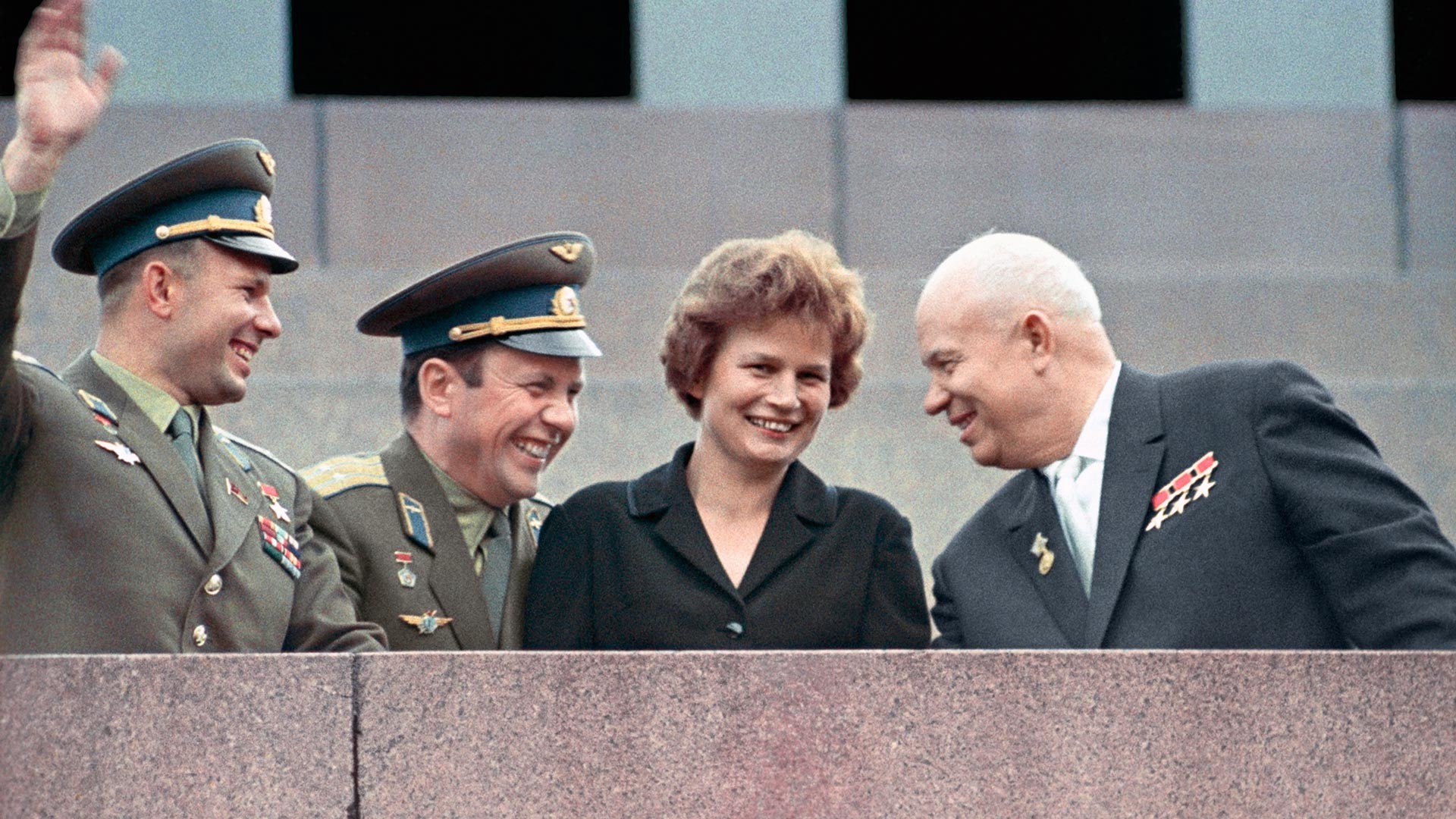
Nikita Khrushchev, First Secretary of the Soviet Communist Party's Central Committee, and pilots-cosmonauts Yuri Gagarin, Pavel Popovich and Valentina Tereshkova.
Vasily Malyshev/SputnikTo become a Hero of the Soviet Union was the highest honor that any Soviet citizen could aspire to. Along with this title (which was established in 1934), the recipient was also conferred with the Order of Lenin and an honorary certificate.
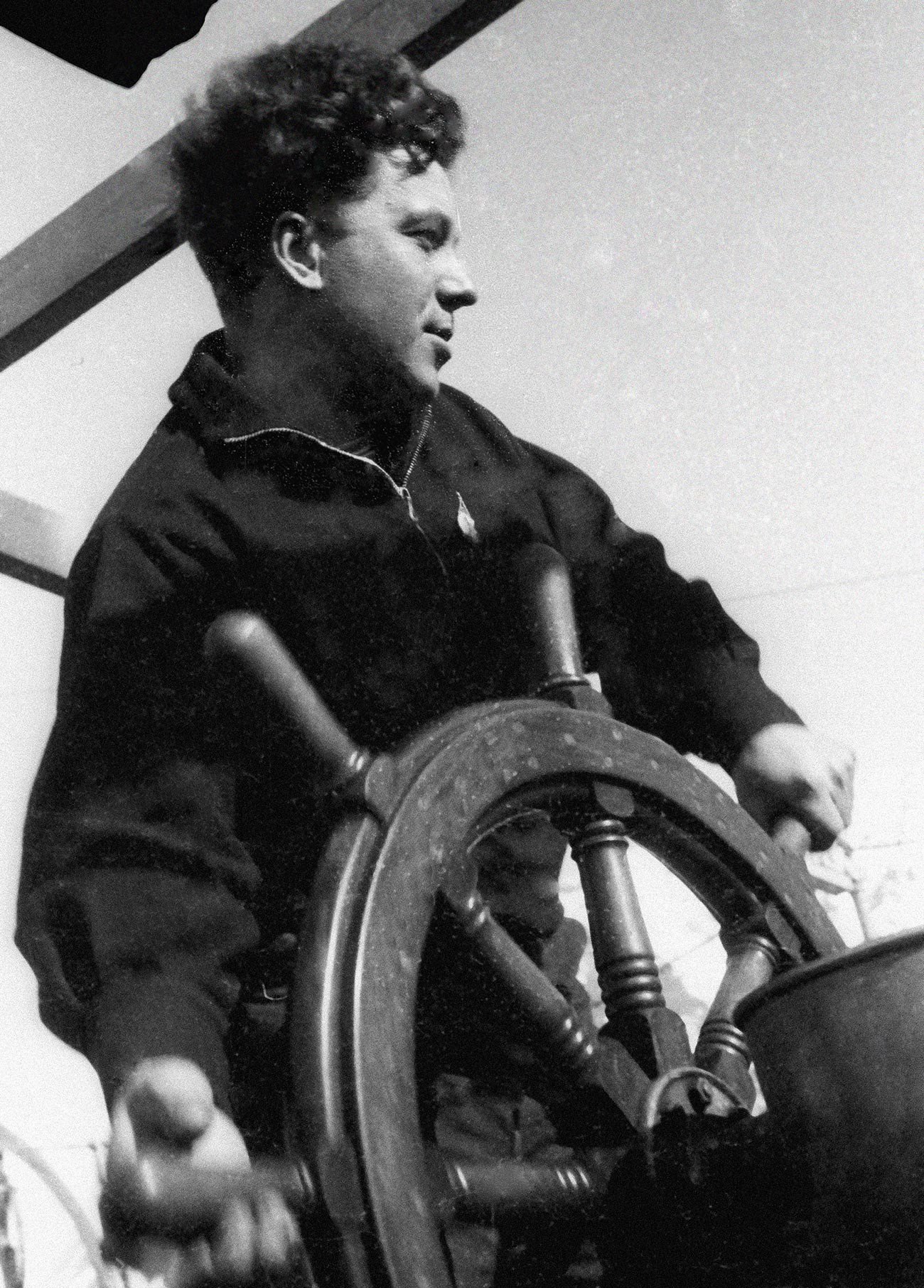
Pilot Lyapidevsky, Hero of the Soviet Union, participated in saving the Chelyuskin expedition.
Vladislav Mikosha/Sputnik1939 saw the introduction of a special distinctive medal to accompany the award, known as the Golden Star. Interestingly, the original inscription on the back sounded like “Hero of the SS” (SS being the abbreviation for Sovietsky Soyuz (Soviet Union)). However, the unfortunate association with the infamous Nazi organization meant that the wording was later changed to “Hero of the USSR.”
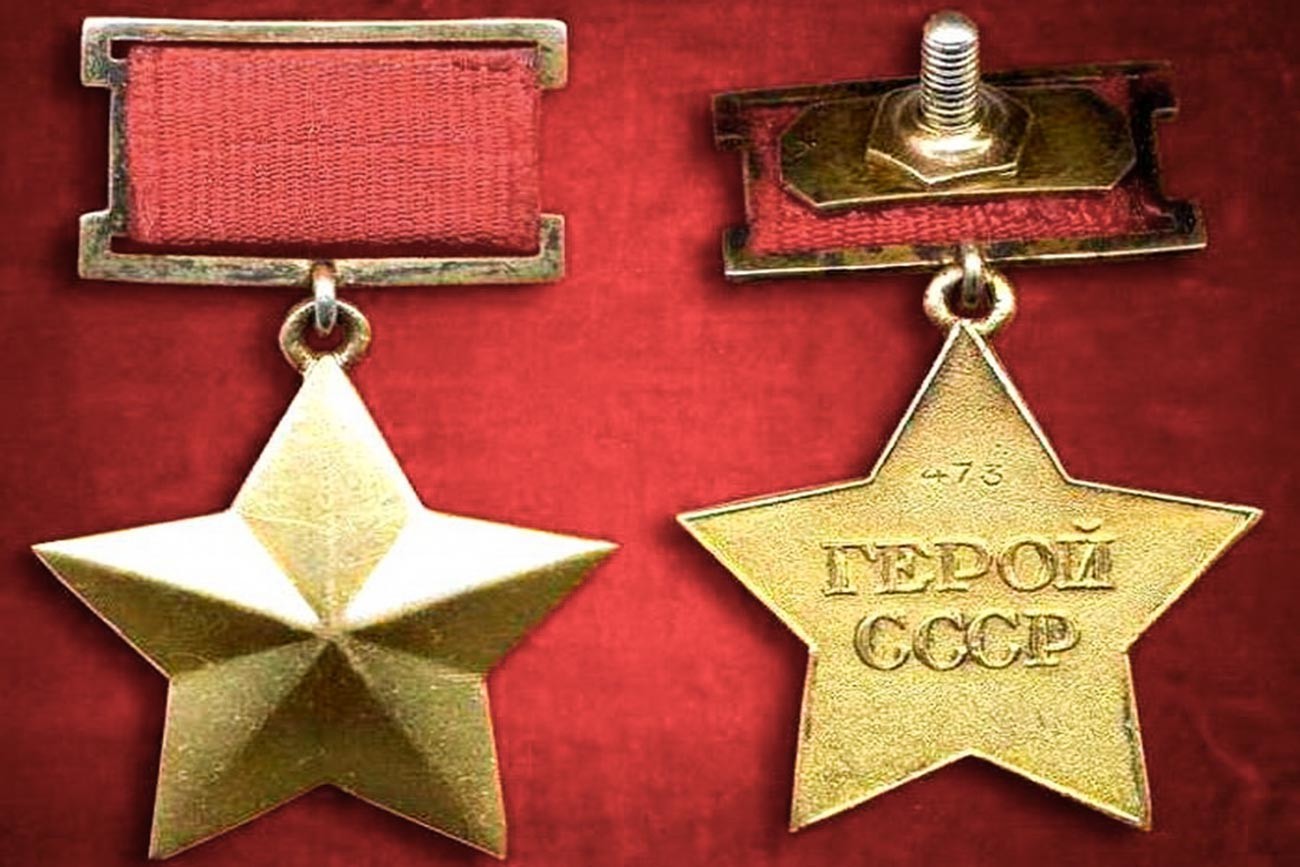
The first Heroes of the USSR were seven pilots who rescued the passengers of the steamboat Chelyuskin. The ship was crushed by icepacks and sank in the Chukchi Sea on Feb. 13, 1934. As a result, 104 people became trapped on a large ice floe, including women and children. During the course of two months, the pilots made 23 flights, saving all the passengers from a dreadful fate.
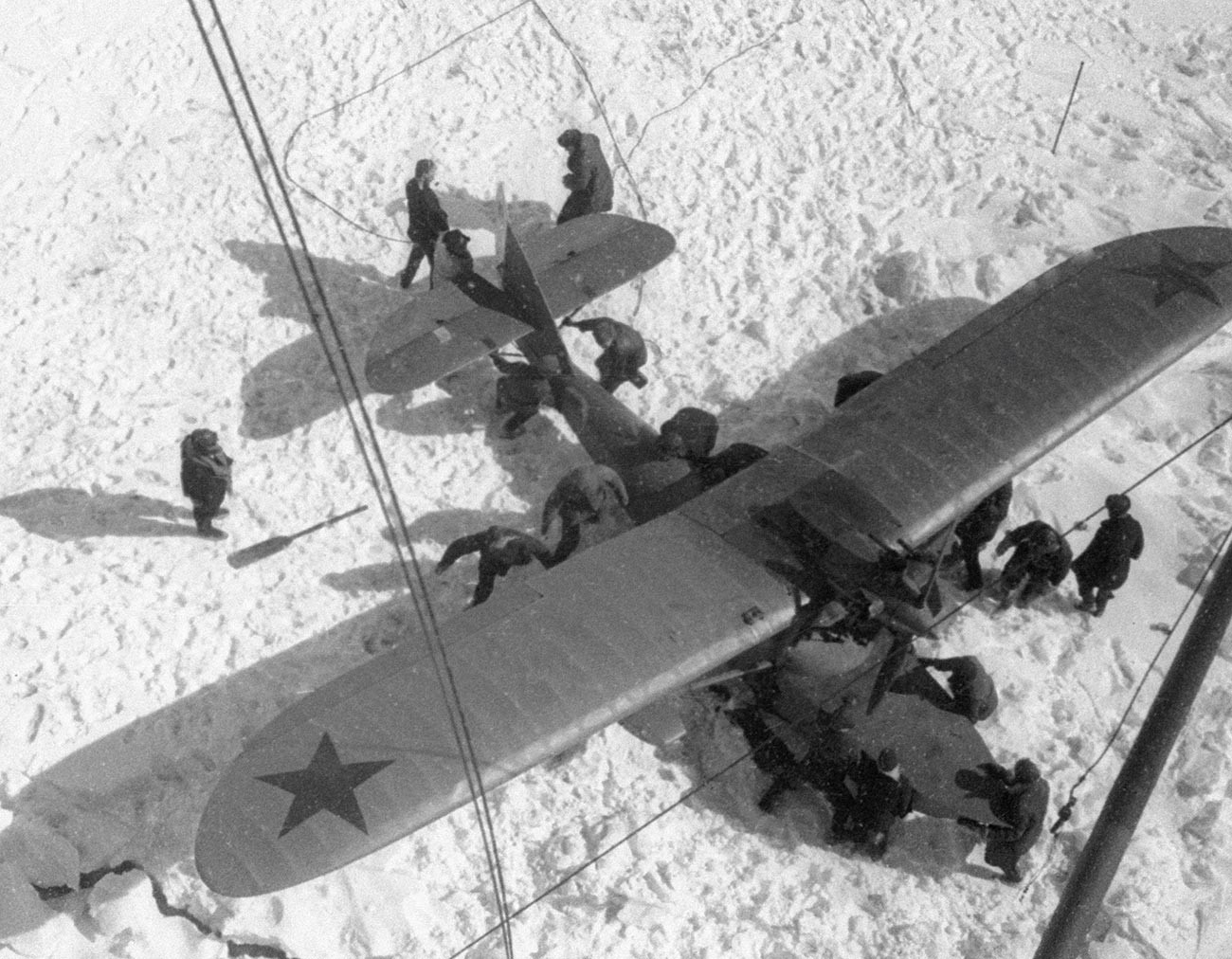
In the 1930s, when aviation was advancing in leaps and bounds, pilots were awarded the title more often than others. They were forever setting new world speed records and making previously unimaginable non-stop flights (in July 1936, for example, Valery Chkalov and crew covered almost the entire territory of the Soviet Union in 56 hours aboard an ANT-25 aircraft). Of the 60 Soviet Heroes of the Spanish Civil War, 54 were pilots.

Alexander Balyakov (L), Valery Chkalov and Georgy Baydukov.
Viktor Temin/ МАММ/MDF/ russiainphoto.ruYet it was not only military personnel who were recognized by the Soviet state. For instance, the title was also awarded to the scientists of the first Soviet polar research drifting station North Pole-1, who spent 274 days drifting on an ice floe in the Arctic Ocean.
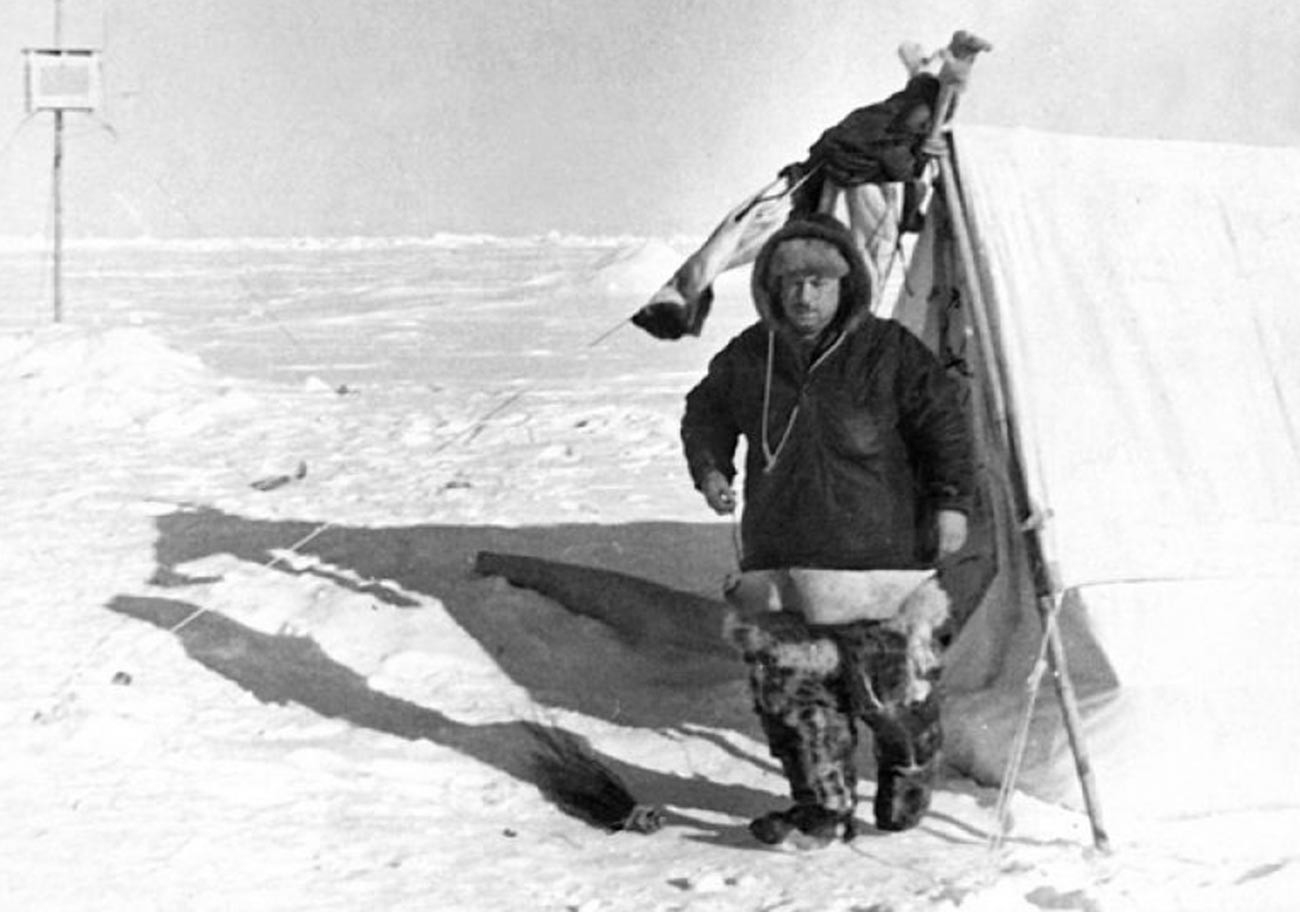
Ivan Papanin, head of North Pole-1.
Russian State Museum of Arctic and Antarctic/russiainphoto.ruDuring the Red Army’s short but bloody Winter War against Finland, more than 400 servicemen were awarded the title of Hero of the Soviet Union. Some tried to take advantage of the situation in which awards were frequent with no background checks. One scheming individual, in particular, tried to receive it without spending a single day in the army. Using false documents, fraudster and criminal Valentin Purgin, having already lied his way into a job as a war correspondent, managed to have himself awarded the Hero title for a feat that he never committed. However, the deception was soon uncovered, and the “hero” was duly shot, whereafter the verification process was tightened.
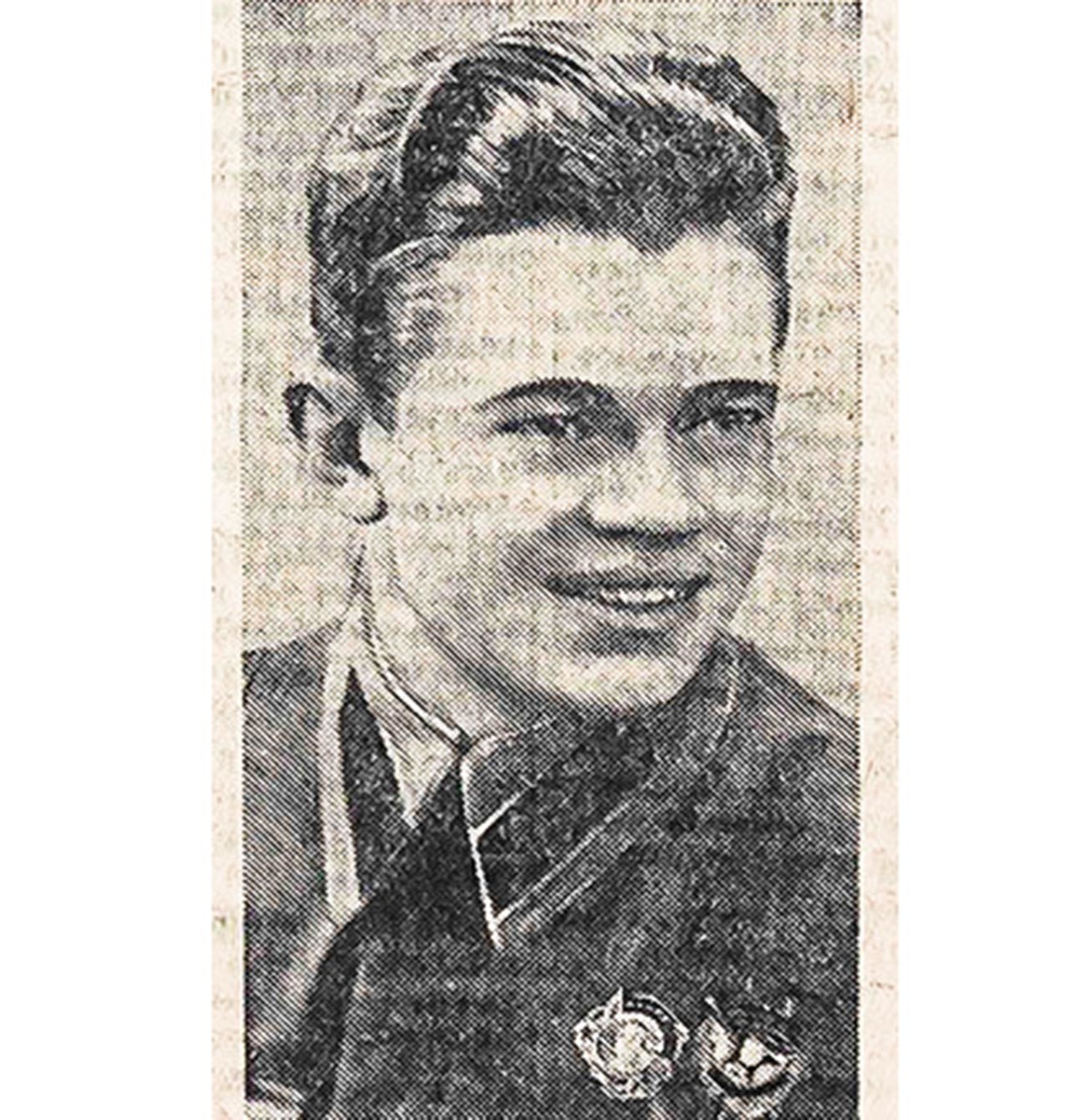
Valentin Purgin.
Nekrasov Central Universal Scientific Library/Komsomolskaya PravdaMore than 90% of all awards of the title Hero of the Soviet Union were made during the Great Patriotic War against Nazi Germany and its allies — 11,657 men and women in all. Once again, pilots ruled the roost: the first Heroes were fighter pilots on the Northern Front, who, lacking firepower, resorted to ramming enemy aircraft out of the sky. They were followed by border guards, infantrymen, tank crews, other troops, and also partisans.
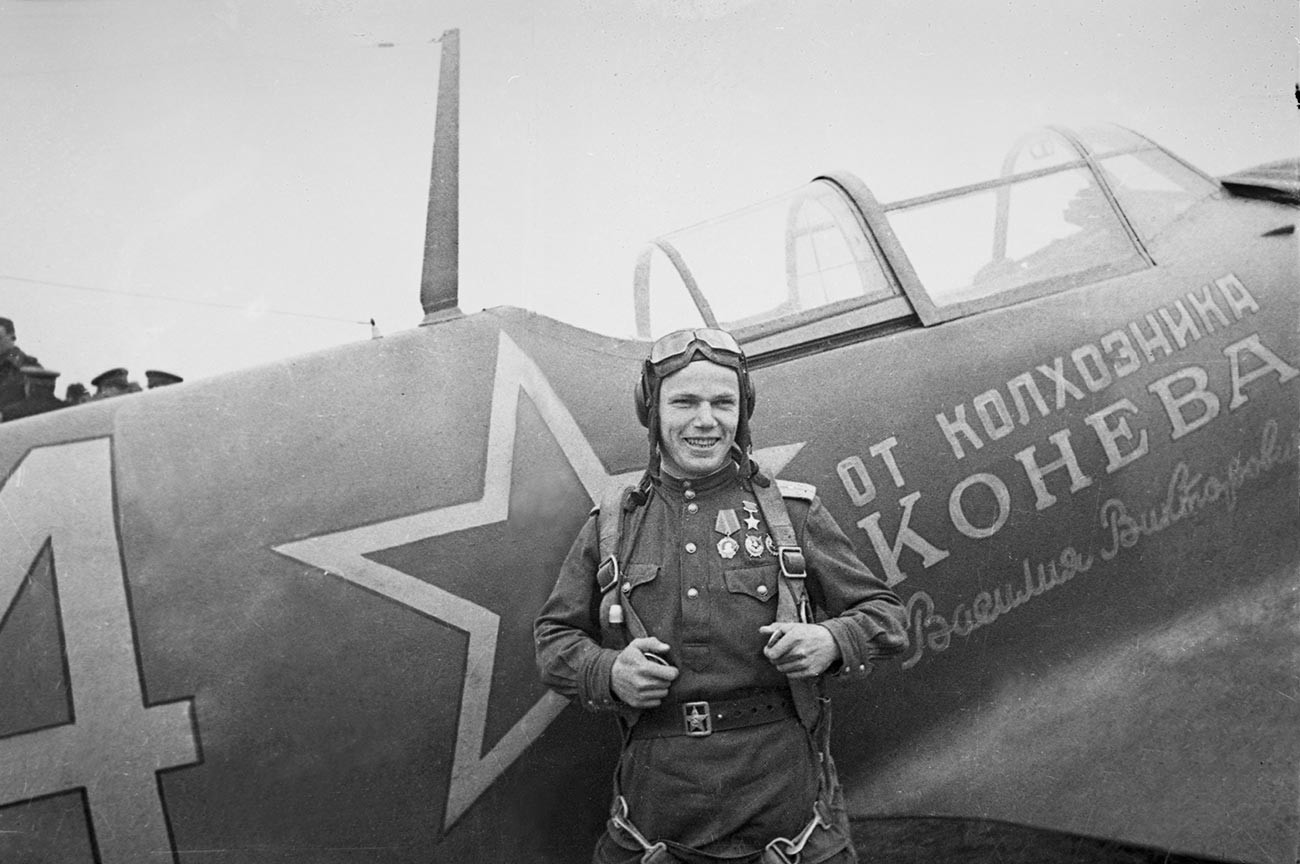
Soviet ace Ivan Kozhedub.
Ivan Shagin/SputnikThroughout the award’s existence, 154 people became two-time Heroes of the Soviet Union. Just three were awarded the title three times: World War II aces and later air marshals Ivan Kozhedub and Alexander Pokryshkin, and Marshal of the Soviet Union Semyon Budyonny. And only two individuals received the Golden Star on four occasions: Marshal Georgy Zhukov and General Secretary of the CPSU Central Committee Leonid Brezhnev.
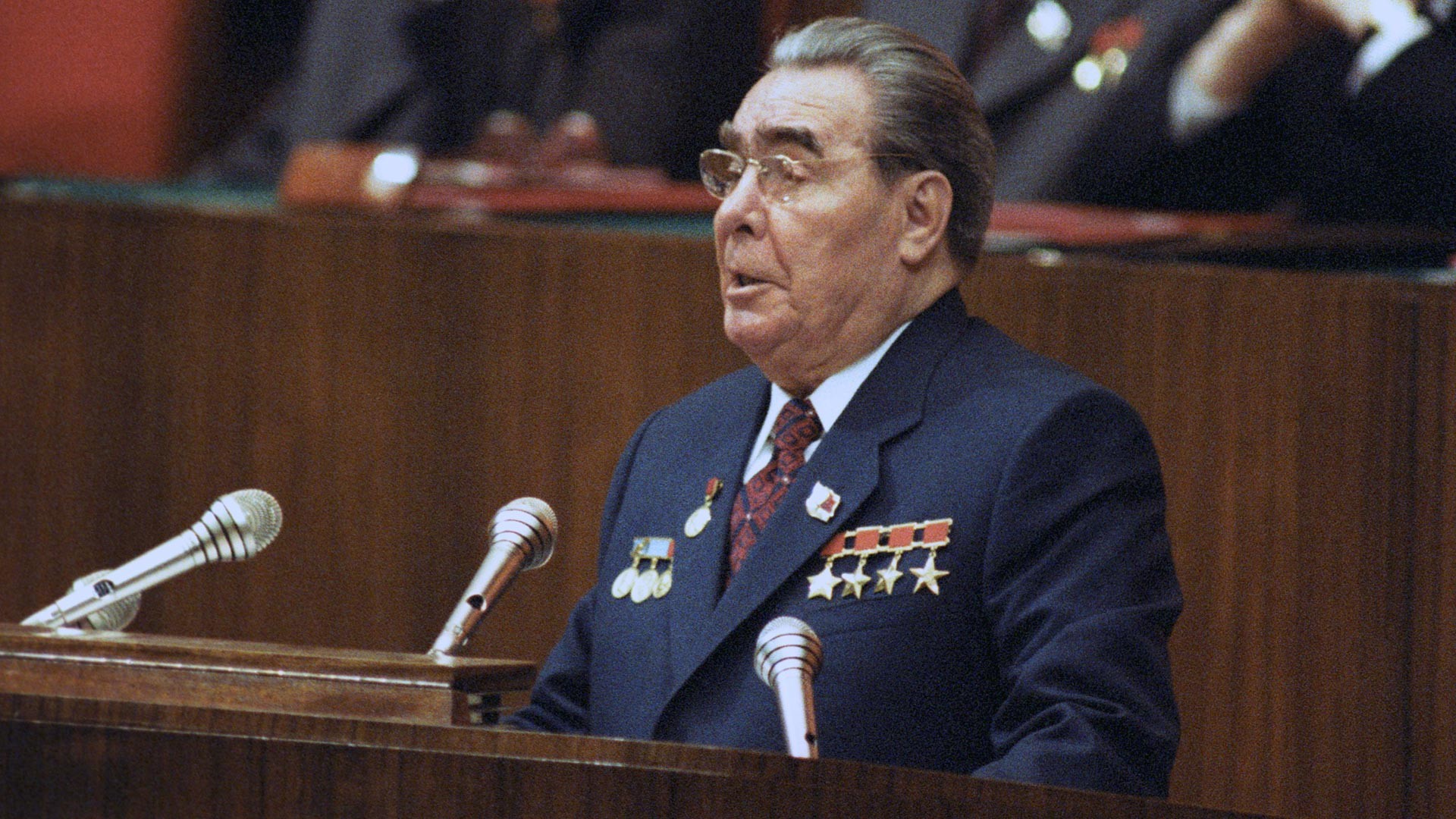
Leonid Brezhnev.
Vladimir Akimov/SputnikIt was not enough to simply receive the highest award — recipients had to earn the right to keep it. As such, 72 people were stripped of their Hero title. Some, despite having carried out a great act of bravery, later switched to the enemy side in captivity; others in the post-war period went down a criminal path, becoming robbers, murderers, and rapists.
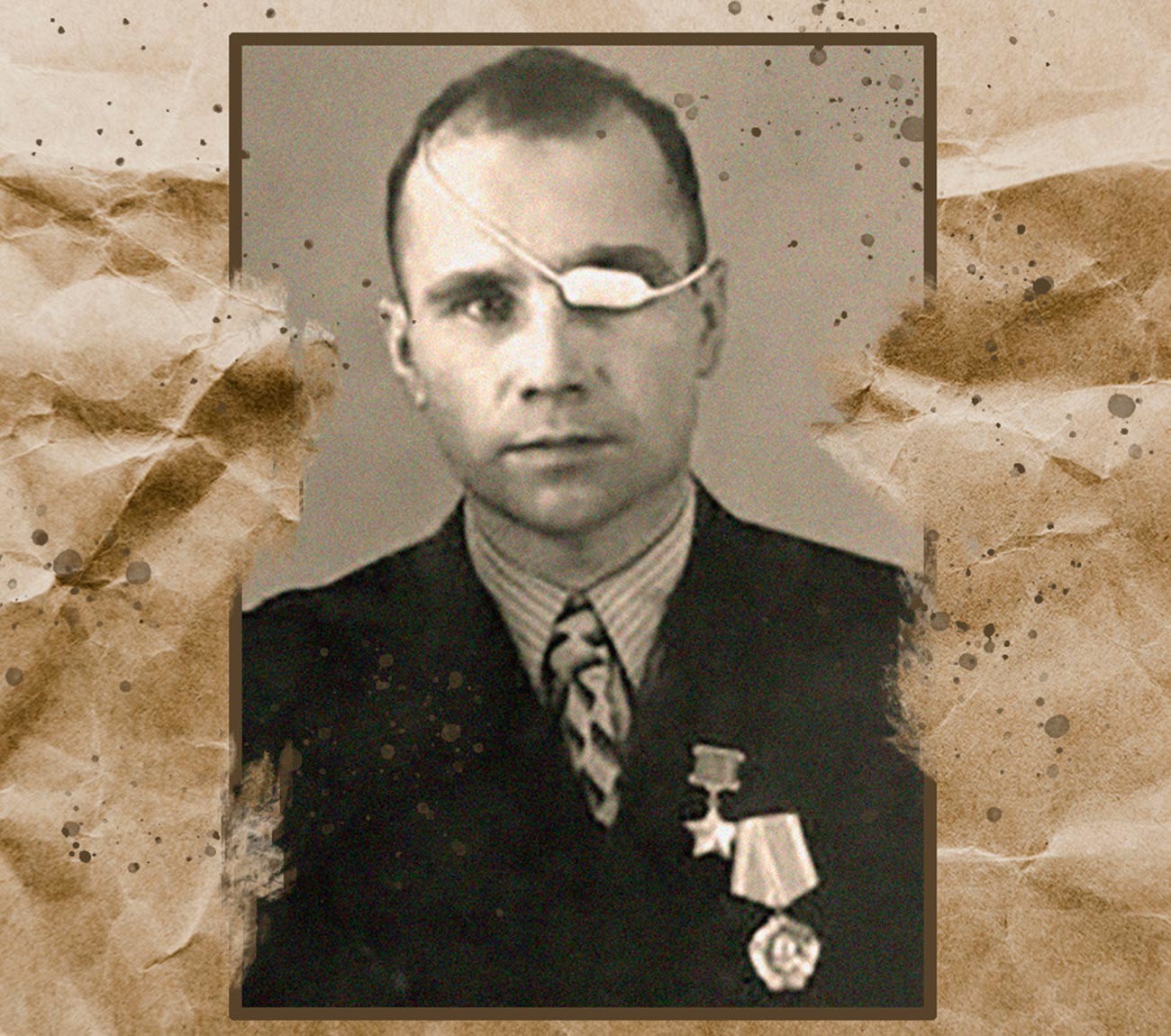
Sergeant Vasily Grigin was stripped of his Hero title because of malicious hooliganism, theft and inflicting grievous bodily harm.
Archive photoNot only Soviet citizens could become Heroes of the USSR. French pilots of the Normandy-Niemen fighter squadron and soldiers of the Polish and Czechoslovak units (formed in the Soviet Union and deployed against the Nazis on the Eastern Front) were awarded the top honor. The Golden Star was also presented to leaders of Soviet-friendly countries. But the largest group of awardees in the post-war period were astronauts, including a good few foreigners who flew on Soviet spacecraft under the Interkosmos program.
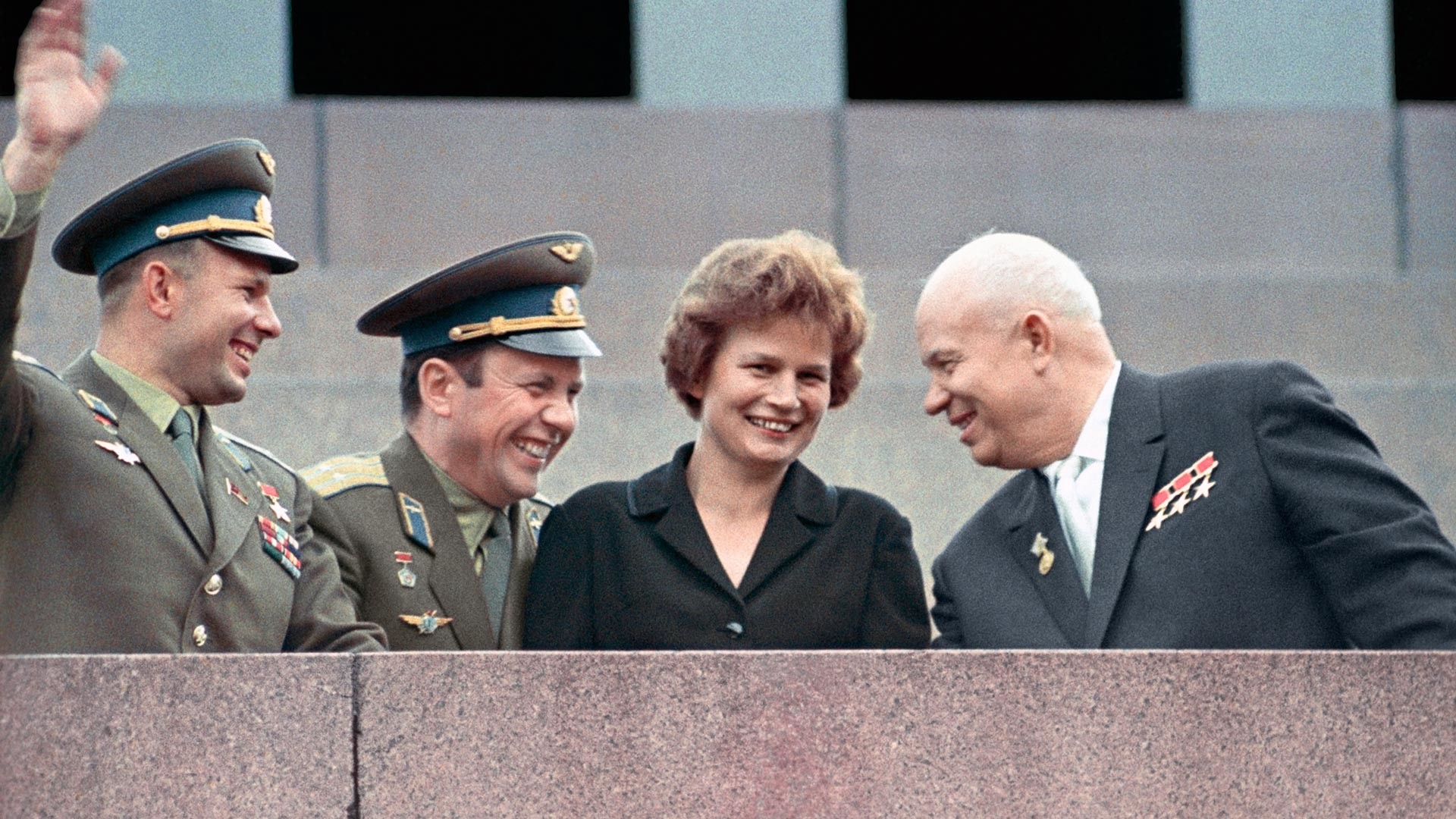
Nikita Khrushchev (R), Yuri Gagarin (L), Pavel Popovich and Valentina Tereshkova.
Vasily Malyshev/SputnikThe last Hero of the Soviet Union was 3rd Rank Captain Leonid Solodkov, who was decorated for “courage and heroism” in the testing of new diving equipment. The decree was signed on Dec. 24, 1991, two days before the USSR officially ceased to exist. Due to bureaucratic delays, Solodkov received the award in January the following year. At the presentation ceremony, deeming the customary phrase “I serve the Soviet Union!” to be somewhat inappropriate in the circumstances, he simply said: “Thank you.”
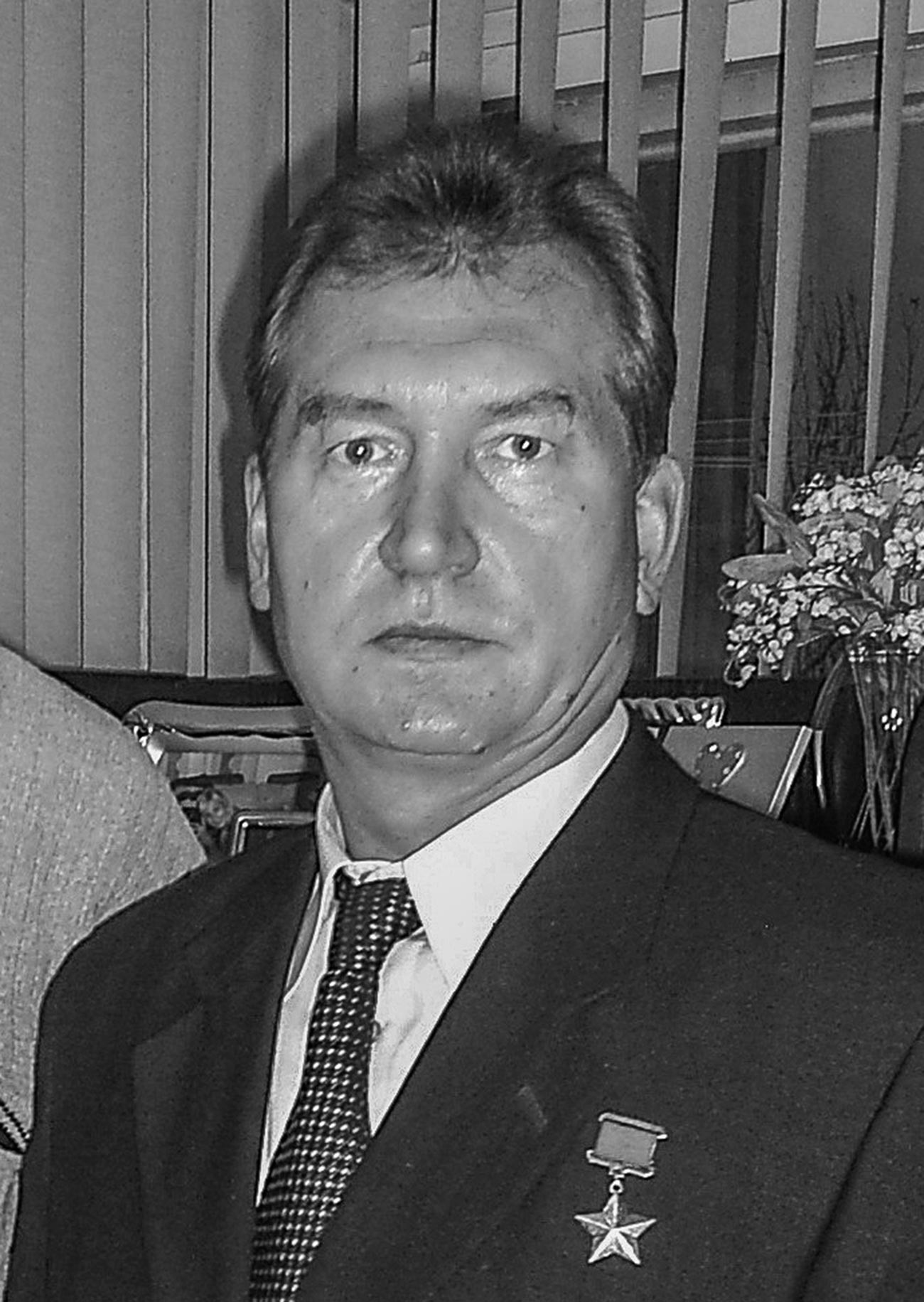
Hero of the Soviet Union Leonid Solodkov.
Andrey Simonov (CC BY-SA 3.0)If using any of Russia Beyond's content, partly or in full, always provide an active hyperlink to the original material.
Subscribe
to our newsletter!
Get the week's best stories straight to your inbox